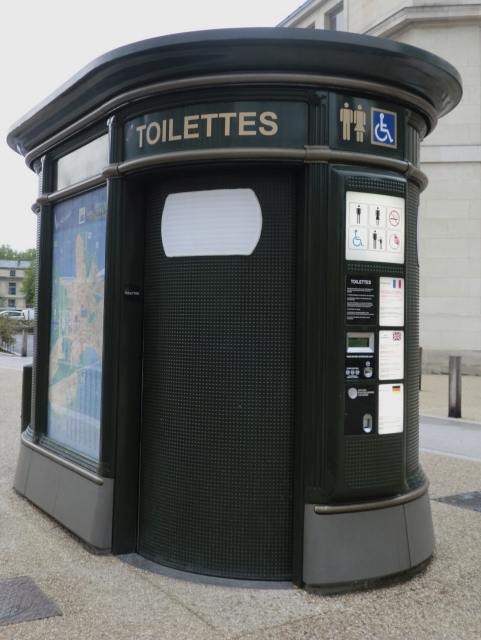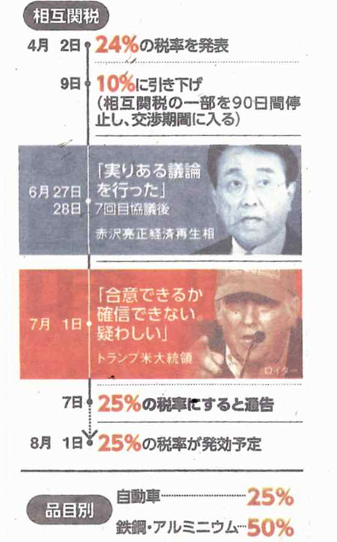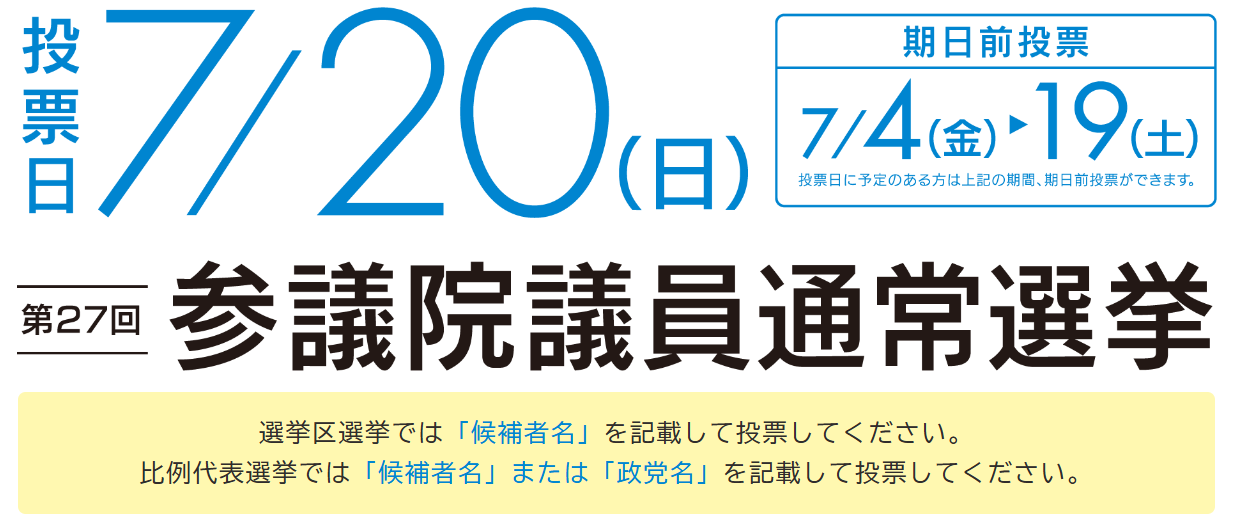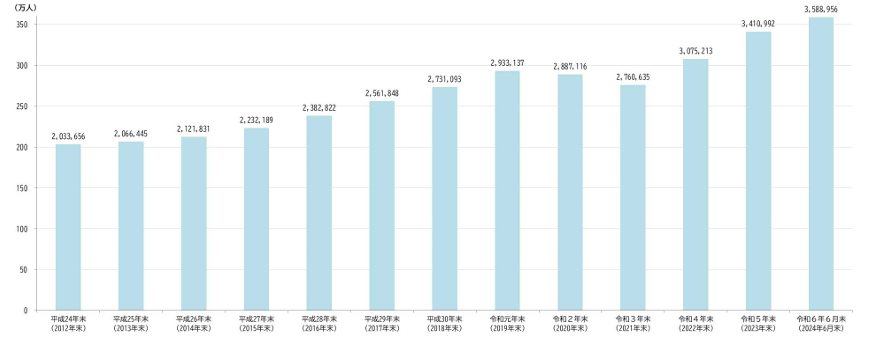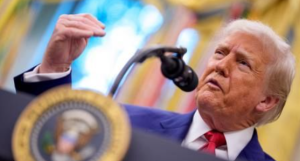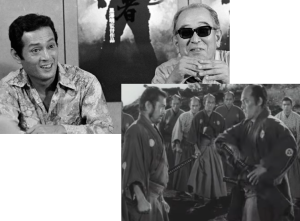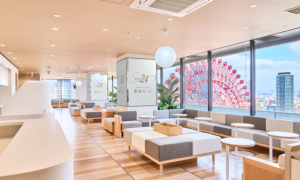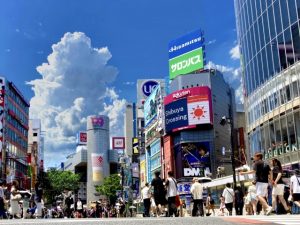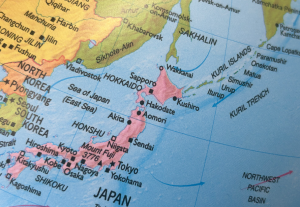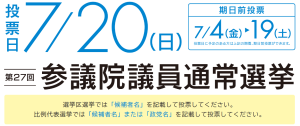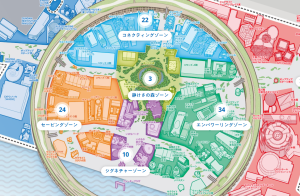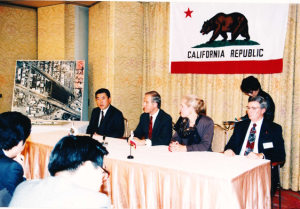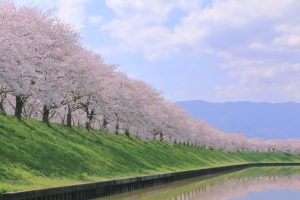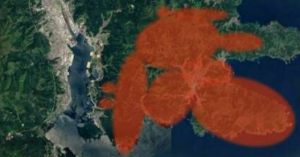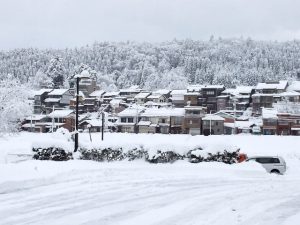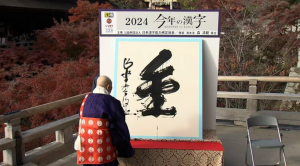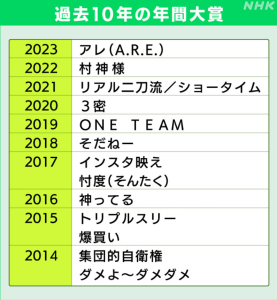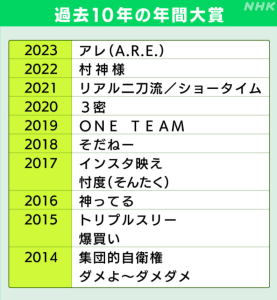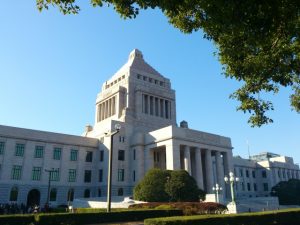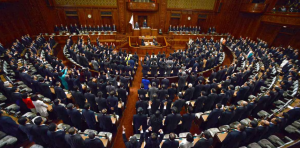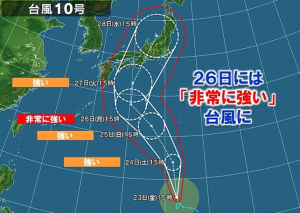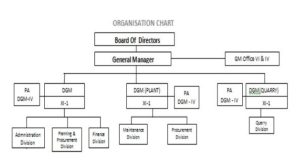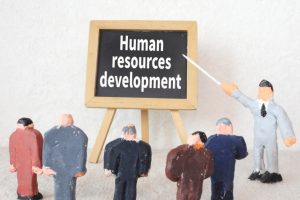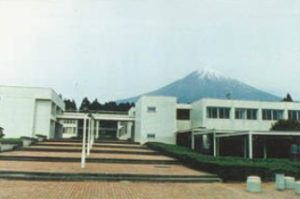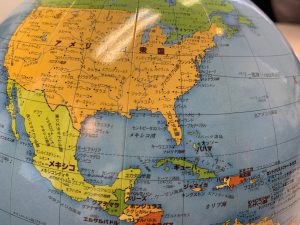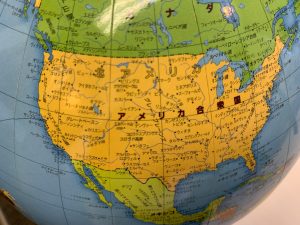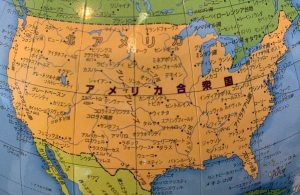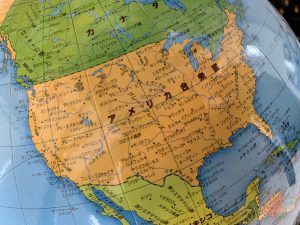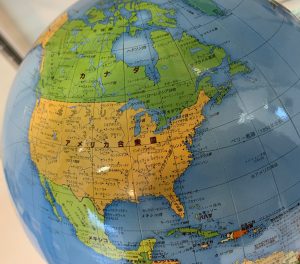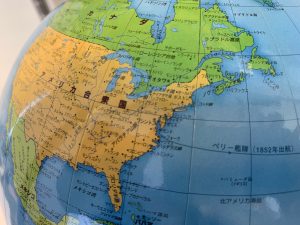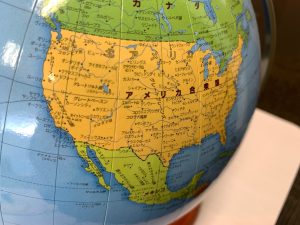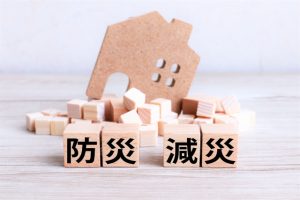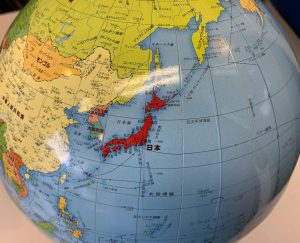Re: A news item and subject which I just want to check out (172) July 11, 2025
I write down since I was reminded that “what is common sense in Japan is not common sense in the world” which I experienced during my European trip last month. That is the public toilet situation. In Japan, wherever you go, whether it is a station, an airport, a department store, or a shopping center, you can easily find a toilet if you need to. On top of that, there are many high-tech toilets, and they are clean, and in most cases, free. But it does not work that way abroad. In European countries (France, Italy, and Spain) that I visited the other day, there are few public toilets, and the toilets are the conventional type and are often small, with 1 to 2 rooms, and then there was a line for the toilet. And it is common to be charged 1 to 2 euros as a usage fee, and it is necessary to prepare some coins. India which I visited last year was in almost the same situation. There were times in the past when there were troubles in China as well. When going out to a foreign country, Japan’s public toilet situation should be regarded as exceptional in the world.
On the contrary, what confuses foreign visitors in Japan is the lack of trash cans. Of course, we Japanese people also feel inconvenience. When searching on ChatGPT about why there are few trash cans in Japan, the reasons are as follows. ①The aftermath of the Tokyo subway sarin attack occurred in 1995 ②The culture of “taking garbage home” ③A high awareness of the cleanliness of the city ④The issue of local government budgets and time-consuming ⑤Prevention of illegal dumping and deterioration of sorting manners. In Europe and India, there were trash cans installed in places where people gather, but most of the trash cans were overflowing with garbage.
■■What I have recently thought and focused on:
■What happened next with the tariff issue?:
After noon July 7 in local time, President Trump has begun notifying trading partner countries of the new tariff rates that will apply from August 1. First, he notified that a 25% tariff would be imposed on Japan and South Korea. The tariff on Japan was set at 24% as of April 2 this year, but on April 9, it was planned to reduce to 10% and suspend some reciprocal tariffs for 90 days, during which negotiations to correct trade imbalances by country would be concluded.
Regarding Japan, the negotiation deadline was set for July 9. During this time, Mr. Ryosei Akazawa, Minister for Economic Revitalization, under the orders of Prime Minister Ishiba, went to the United States seven times to engage in negotiations, but he was not able to find a breakthrough in the situation, and this time, it reached a unilateral notification. There are two weeks until the new tariff takes effect on August 1, but in Japan, there will be the House of Councilors election on July 20, and depending on the outcome, the political situation may change significantly. Therefore, the Japanese government is currently unable to take action.
By the way, in order to advance negotiations favorably, it is important to exploit the other party’s weaknesses, but Japan has no bargaining chips like China’s rare earths. If I have to say, Japan holds about $1.1345 trillion in U.S. Treasury bonds, the largest amount in the world, as of the end of April this year, and this represents 13.3% of the total $8.5 trillion (as of the end of 2024) held by foreign countries in U.S. Treasury bonds. China has sold about one-third of its U.S. Treasury bonds holdings over the past three years. However, it must be said that Japan’s use of the sale of U.S. Treasury bonds as a bargaining chip will make the situation decisively worse. In the end, the Japanese side has no strong bargaining chips. And as for automobiles and rice, which are the focal points of the trade imbalances, it is unlikely that a compromise that satisfies President Trump can be reached at this stage. There is an old saying that “you can’t win against someone who does not listen to reason”. Considering that Trump’s biggest and strongest enemy is his “advanced age” (three years younger than me), as long as the current administration continues, we have no choice but to “practice patient”.
Incidentally, Trump’s style is as changeable as a cat’s eyes, and my close American friend (who is originally a supporter of the Republican Party) comments that “Mr. Trump has done some good things, but he has created too much conflict that is bad for the United States and other countries. Unfortunately, he is a narcissist consumed by revenge.” He looks like “the emperor with no clothes” now. While responses of the leaders of each country have been marked by either “overpraising” or “flattery”, China’s firm stance is standing out. By the way, Mr. Elon Musk, whose relationship with Mr. Trump has broken down, is forming a new party and aiming to seize the initiative that will influence the political situation despite holding a minority of seats.
■The House of Councilors election campaign is in full swing:
At present, we are in the midst of the House of Councilors election campaign, with the voting day approaching on July 20 (Sunday). It is expected that the LDP and Komeito will inevitably lose seats (currently 63), so the focus is on how much they can hold on to. The biggest concern is whether the LDP and Komeito, together with the 75 seats not up for election, will be able to win more than 125 seats, which is more than half of the total seats in the House of Councilors (248 seats). If they fall below 50 seats, the LDP and Komeito will become a minority party in both the House of Representatives and the House of Councilors, and then the political situation suddenly becomes fluid and regime change becomes a reality. And as the world situation becomes more complex and uncertain, Japanese politics finds itself adrift on the waves. Political instability will cause anxiety among the public about the future, and there are concerns that this will have a negative impact on the economy.
By the way, according to a survey by the Yomiuri Shimbun, policies that voters care most in the early stages of the House of Councilors election are ①Economic and price measures (50%) ②Pensions and other social security(20%) ③Foreign affairs and security (7%) ④Education and childcare support ⑤Politics and money ⑥Constitutional amendment ⑦Nuclear power and other energy policies.
■Labor shortages and rising bankruptcies:
According to Tokyo Shoko Research, the number of bankruptcies with debts of 10 million yen or more from January to June this year was 4,990 increased by 1% compared to the same period last year. This marks the third consecutive year that the number of bankruptcies in the first half of the year has exceeded 4,000. Small-scale bankruptcies with debts of less than 100 million yen accounted for 77%, the highest in the past 30 years. 90% of the bankruptcies were businesses with fewer than 10 employees, with 76% of those with fewer than 5 employees. Labor shortages, outflow of human resources due to insufficient response to wage increases, lack of capability to make digital investments to make up for talent shortages, and so on are cited as the reason behind this. Bankruptcies are expected to remain at a high level in the future, because the deadline of “the corona refinancing guarantee” will approach and direct and indirect effects of Trump’s tariff will become apparent.
■Dealing with the ever-increasing number of foreign visitors to Japan:
Amid a severe labor shortage, policy on foreigners, that has not attracted voters’ attention in the early stages of the House of Councilors election, has recently become a hot topic of contention, highlighting the differences between the parties. Recently, with the increase of foreign residents and visitors to Japan, there have been troubles with residents due to nuisance behavior such as noise and reckless driving, and there are many negative effects, such as inappropriate use of the medical insurance system and excessive real estate investment by foreigners that has led to price hikes. There are about 3.77 million foreign residents in Japan as of the end of December last year, accounting for 3.05% of the total population (about 123 million). And foreign workers (about 2.3 million as of October 2024) account for 3.4% of the total workforce (about 68.13 million). This ratio varies widely between rural and urban areas, and the problem is becoming more serious, because there is a tendency for the number of cases to be concentrated in a few areas.
On the other hand, considering Japan’s current situation and future outlook of low birthrates, aging population, and declining population, accepting foreign talent is essential to make up for the shortage of essential workers (people who support social life) in the field such as caregivers, truck drivers, and construction workers, not just in high-tech industries such as IT and AI. Therefore, given this reality, Japan must take the current situation in Europe and the United States as a negative example and consider how to realize “an orderly society where people can coexist” with foreigners. Since it became an issue in the House of Councilors election, Prime Minister Ishiba has announced that he will soon establish a secretariat to act as a command center for strengthening responses to crimes and problems committed by foreign residents, and will work across ministries and agencies. I hope that in Japan’s administrative system, where vertical organizational structures dominate, we don’t “make another Buddha statue without putting a soul into it”.
